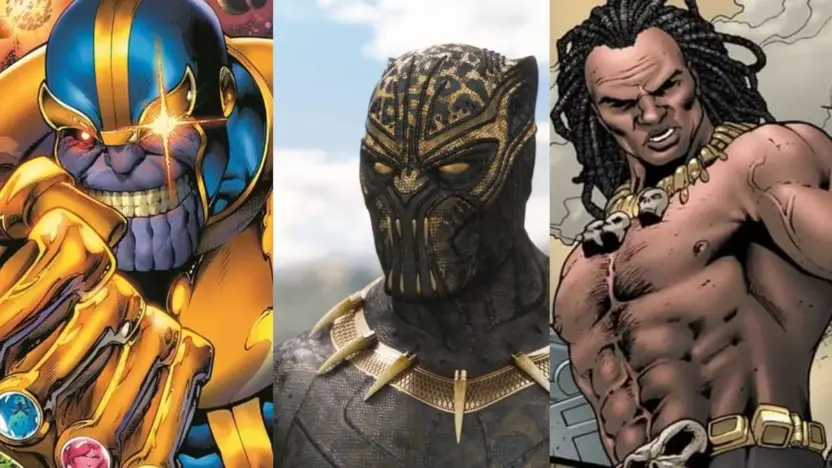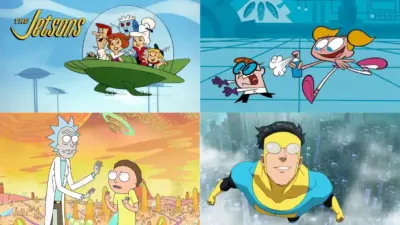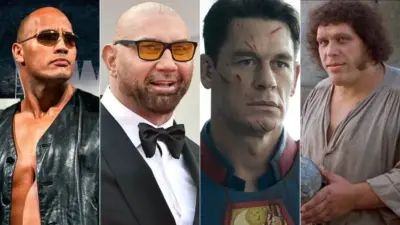The Marvel Cinematic Universe (MCU) has been a juggernaut in the entertainment industry, captivating audiences across the globe. While much of its glory is often attributed to the spandex-clad superheroes who save the day, it would be an injustice to overlook the complex and enthralling villains that make the heroes’ journeys compelling. As fans, we often dive deep into the comic book lore to understand these antagonists better. But what if we told you that the MCU has reimagined some villains in such a captivating manner that their on-screen origin stories actually surpass their comic book counterparts? Intrigued? Buckle up as we look into “10 MCU Villains Whose Origin Stories Are Better Than Comics.” Whether you’re a comic book purist or a casual movie-goer, this list promises a fresh perspective that will make you see these nefarious characters in a new light.
10 MCU Villains Whose Origin Stories Are Better Than Comics
Namor

In the original Marvel Comics, Namor the Sub-Mariner is the hybrid prince of Atlantis, born to a human father and an Atlantean mother. His story often casts him as an enigmatic figure, fluctuating between heroism and antagonism, especially towards the surface world. He possesses superhuman strength, aquatic abilities, and flight capabilities via small wings on his ankles.
However, the Marvel Cinematic Universe (MCU) takes a different, more culturally nuanced approach to Namor’s origins in “Black Panther: Wakanda Forever.” Here, Namor reigns over Talocan, a kingdom abundant in vibranium. Portrayed by Tenoch Huerta, this iteration of Namor is a mutant whose moniker derives from a brutal past encounter with Spanish conquistadors—earning him the name “el Niño sin Amor” (The Child Without Love). The mutant genes also account for his longevity, pointed ears, and the iconic winged feet.
A striking divergence is the recontextualization of Namor as K’uk’ulkan, the Feathered Serpent God, deeply entrenching his backstory in Aztec mythology. This revitalization not only distinguishes him from his comic counterpart but also offers a richer, more layered cultural context. The MCU’s Namor thus becomes a more complex figure, his character shaded with Aztec inspirations, and his actions guided by a more intricately defined set of beliefs and motivations.
Thanos: Infinity War

Thanos, the Mad Titan, undergoes a significant transformation from his comic book persona to his portrayal in the Marvel Cinematic Universe (MCU). In the comics, Thanos is a nihilistic conqueror infatuated with the living embodiment of Death. He’s motivated by a twisted form of love, using the Infinity Stones to erase half of all life in the universe merely to win Death’s favor. His actions are driven by an almost melodramatic obsession, making him a fearsome but somewhat one-dimensional antagonist.
In contrast, the MCU’s Thanos, played with gravitas by Josh Brolin, is depicted as a more nuanced character with a compelling, albeit flawed, ideology. Here, he is a Malthusian figure who believes he is bringing balance to an overpopulated universe. Witnessing the destruction of his own world, Titan, due to overpopulation and limited resources, he is convinced that radical action is necessary for the greater good. His aim to use the Infinity Stones to disintegrate half of all life in the universe isn’t born out of an obsession with Death, but from a misplaced sense of universal stewardship. He thinks he’s saving the other half, allowing them to flourish without the burden of scarcity.
This transformation makes MCU’s Thanos a villain with more dynamic motivations. It makes viewers ponder ethical dilemmas and the complexities of power, creating a more engaging narrative. While both versions are immensely powerful and formidable, the MCU version resonates more deeply, offering a multi-faceted villain whose warped sense of altruism leads him to unthinkable acts. This depth of character makes him one of the most remarkable Marvel villain adaptations in cinematic history.
Helmut Zemo
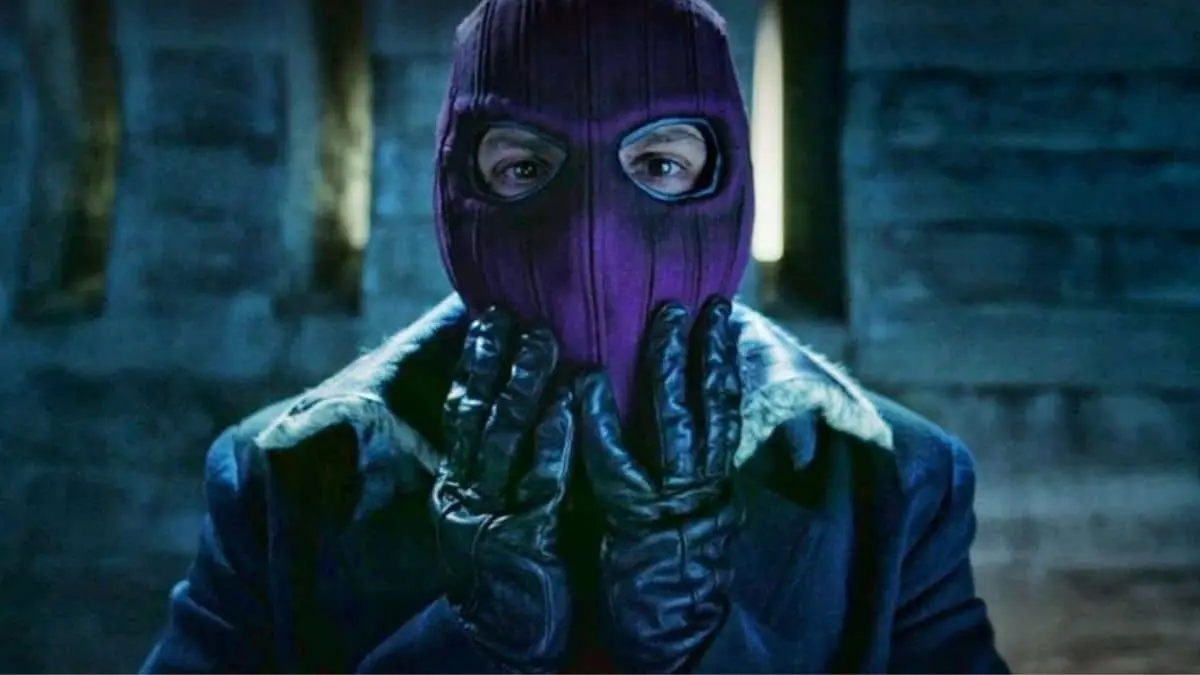
In Marvel Comics, Baron Helmut Zemo is an unambiguous villain, a mastermind who leads malevolent organizations like Hydra and the Masters of Evil. In a duplicitous ploy, he even creates the Thunderbolts, a team that masquerades as heroes until his comrades genuinely turn against him, captivated by the hero’s journey.
However, the Marvel Cinematic Universe (MCU) offers a nuanced interpretation of Zemo. First gracing the screen in “Captain America: Civil War,” this Zemo is a grieving Sokovian hell-bent on avenging his family’s death caused by the Avengers’ actions. He achieves a rare feat for an MCU villain—success—by fracturing the Avengers. Reappearing in “The Falcon and the Winter Soldier,” Zemo assists, albeit reluctantly, the series’ protagonists, all while pursuing his vendetta against super-soldiers. While his comic counterpart’s mask is irrevocably stuck to his face, MCU’s Zemo dons his signature purple mask more symbolically, serving as an homage to his original design.
Killmonger

In the intricate tapestry of Marvel Comics, Erik Killmonger, originally known as N’Jadaka, stands as a compelling antihero whose roots are steeped in tragedy and betrayal. In the comics, his story unfolds against the backdrop of a devastating attack on his family in Wakanda, orchestrated by traitors who colluded with the nefarious arms dealer, Ulysses Klaue. Rendered orphaned and bitter, N’Jadaka is exiled to America where he faces an upbringing marred by hardship and systemic discrimination. This fuels his transformation into Erik Killmonger, an individual hell-bent on avenging the wrongs done to him and reclaiming Wakanda.
The Marvel Cinematic Universe adds further layers to Killmonger’s backstory by intertwining his fate with Wakanda’s royal lineage. In the film adaptation, N’Jadaka is the son of the Wakandan traitor, who is also King T’Chaka’s brother. This makes him a cousin to T’Challa, the Black Panther, adding familial tension and an air of Shakespearean tragedy to their rivalry. Unlike the comic book version, MCU’s N’Jadaka’s father is portrayed as a well-intentioned revolutionary, seeking to aid oppressed communities outside Wakanda. When T’Chaka kills him for his radical views, N’Jadaka is left orphaned in America, further intensifying his vendetta against Wakanda and his own cousin.
Killmonger’s mission isn’t merely revenge; he seeks to open Wakanda to the world, aiming to leverage its technological prowess to uplift marginalized communities globally. His ideology even challenges Black Panther’s own convictions, leading T’Challa to reconsider Wakanda’s role on the world stage. Killmonger is not just a villain but a catalyst for change, making him one of the most complex and relatable characters in the Marvel Universe.
The Vulture

In Spider-Man: Homecoming, the Marvel Cinematic Universe (MCU) reinvents Adrian Toomes, aka Vulture, as a compelling and layered villain. While the original comic book version portrays Toomes as a straightforward electronics engineer with a winged harness, the MCU deepens his backstory to make him relatable and even sympathetic. Portrayed by Michael Keaton, this Vulture is a struggling blue-collar entrepreneur whose salvage company faces financial ruin when Stark Industries and Damage Control monopolize the cleanup of New York City post-Avengers battle.
Fueled by economic hardships and resentment against the elite, Toomes resorts to the black market. His foray into illicit arms dealing is made possible through the innovative Tinkerer, who fashions not just Vulture’s high-tech flight suit but also an arsenal of unique weapons. Toomes’ transformation into Vulture embodies the desperation of a man forced into criminality to sustain his family. This narrative tension escalates significantly when it’s revealed that Spider-Man’s love interest is none other than Toomes’ daughter, making their conflict deeply personal.
MODOK

In both the Marvel Cinematic Universe (MCU) and the original comics, MODOK is a figure of peculiar and unsettling appearance, featuring an enormous head and shrunken limbs encased in a militarized hover-chair. However, the origins of his strange look are handled quite differently in each medium. In the MCU’s “Ant-Man and the Wasp: Quantumania,” Darren Cross, portrayed by Corey Stoll, becomes MODOK after being shrunk down to the quantum level by Scott Lang. This event somewhat rationalizes MODOK’s bizarre form, offering a cause-and-effect relationship grounded in the film’s quantum physics.
Conversely, in the comics, MODOK’s appearance has been generally attributed to radical and morally dubious experiments conducted by the organization AIM. His exaggerated features are the result of extreme side effects from these experiments that amplified his brainpower but left his limbs atrophied. The comic book version leaves a lot to the imagination, not delving into a straightforward reason for his grotesque appearance as the MCU does. Both versions offer a distinct take on the character, although the MCU opts for a more direct explanation for MODOK’s unique physiology.
Ghost
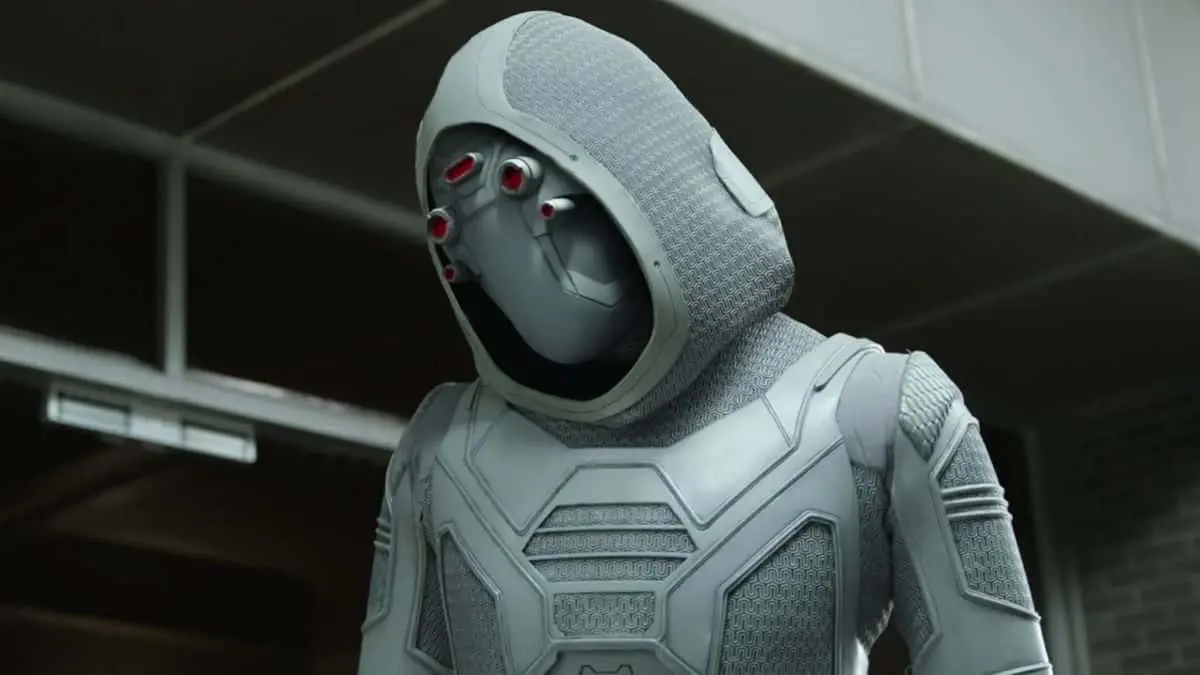
In Marvel Comics, Ghost is a mysterious figure whose origin is a tale of corporate manipulation and tragic loss. Originally an exploited tech genius, he gains his intangibility powers when an explosion fuses him with his own invention—Ghost tech. His path towards vigilantism is fueled by discovering that his company had orchestrated the death of his love interest to make him more focused on his work. This revelation prompts him to take revenge, eliminating the company’s board of directors and vowing to dismantle corrupt corporations. Eventually, he finds a place among the anti-hero team, the Thunderbolts.
In contrast, the Marvel Cinematic Universe presents a different version of Ghost, named Ava Starr, in “Ant-Man and the Wasp.” Her abilities stem from a quantum experiment gone awry, which kills her parents but leaves her imbued with quantum energy. Recruited by SHIELD as a child, she becomes a covert operative. Although both comic and cinematic iterations involve life-altering explosions, the MCU version delves into her emotional backstory with arguably less complexity.
Ego
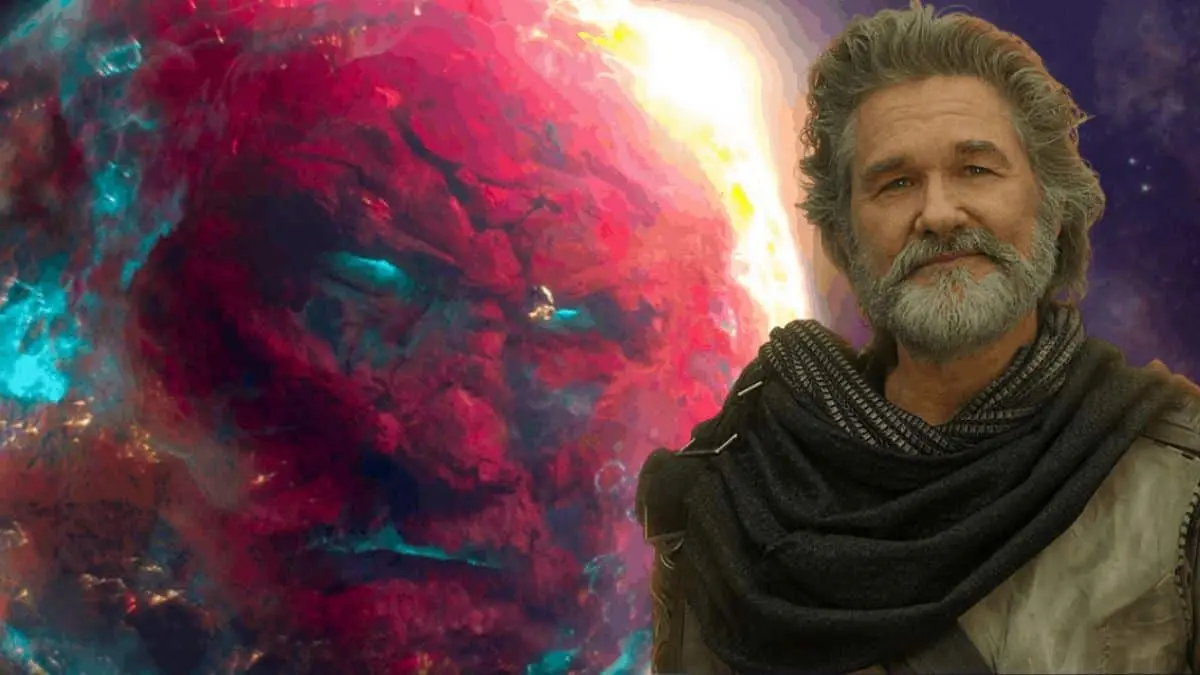
In Guardians of the Galaxy Vol. 2, Ego the Living Planet undergoes a cinematic transformation that arguably improves upon his comic book origins. Portrayed by the charismatic Kurt Russell, Ego is reimagined as a Celestial being with a human avatar who is also Star-Lord’s biological father. This added layer of paternal relationship adds emotional depth to the character, making him far more complex than his comic counterpart, who is essentially a massive sentient planet with imperialistic tendencies. In the film, Ego’s ambitions are cosmic in scale; he aims to expand his consciousness across the galaxy, leveraging the power of his numerous offspring to achieve this goal. However, his grand scheme is foiled by Star-Lord and his team, who thwart Ego’s plans in a battle of epic proportions. This nuanced portrayal turns Ego into a more compelling character, as it delves into themes of family, power, and the morality of omnipotence.
He Who Remains
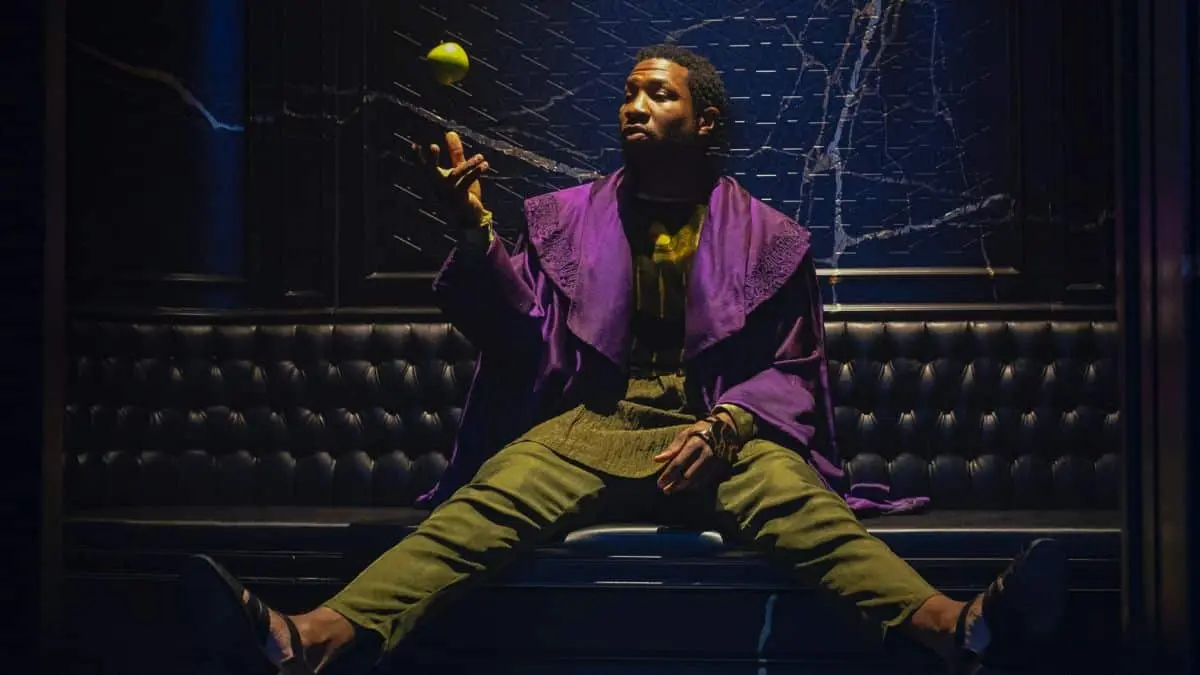
In the original Marvel Comics, He Who Remains is an enigmatic figure who serves as the final director of the Time Variance Authority (TVA) and the creator of the Time-Keepers. Occupying the Citadel at the End of Time, he exists largely in ambiguity. While the Time-Keepers have a complex relationship with Kang the Conqueror and Immortus—sometimes as foes, sometimes as allies—the core narrative around He Who Remains is relatively sparse.
However, the Marvel Cinematic Universe (MCU) takes creative liberties to expand and reshape this elusive character. In the MCU’s “Loki” series, He Who Remains is revealed to be Nathaniel Richards. Far from being just the puppet master behind the TVA and the Time-Keepers—who are, in this version, merely animatronic decoys—he has a grander agenda. Richards aims to maintain a “Sacred Timeline,” keeping the chaotic multiverse and his potentially destructive variants, like Kang and Immortus, at bay.
This reimagining serves as a brilliant narrative twist, seamlessly integrating key elements from the comics while adding fresh layers to the character for a new generation of audiences.
Mysterio

In both the comic books and the Marvel Cinematic Universe (MCU), Mysterio, also known as Quentin Beck, is a master manipulator who excels at illusion and trickery. In the comics, he starts as a special effects artist and stuntman for films, transitioning into a life of crime as Mysterio. He’s renowned for his ability to deceive Spider-Man’s heightened senses.
The MCU takes this premise and modernizes it, adding layers of emotional and technological complexity. Portrayed by Jake Gyllenhaal, this iteration of Quentin Beck is a former employee of Tony Stark. He becomes Mysterio after teaming up with other disgruntled Stark Industries employees. They harness augmented reality tech to fabricate elemental monsters, misleading the world into thinking Beck is a superhero. The MCU cleverly upgrades Mysterio’s skills from mere special effects to cutting-edge technology, making him an even more formidable foe for Spider-Man in a digital age.
Both versions share a core trait—Mysterio is a captivating deceiver—but the MCU adaptation enriches the character by weaving him into the broader narrative of Stark Industries and technological advancements.
Also Read: 10 Best Dressed Supervillains In Marvel Universe
